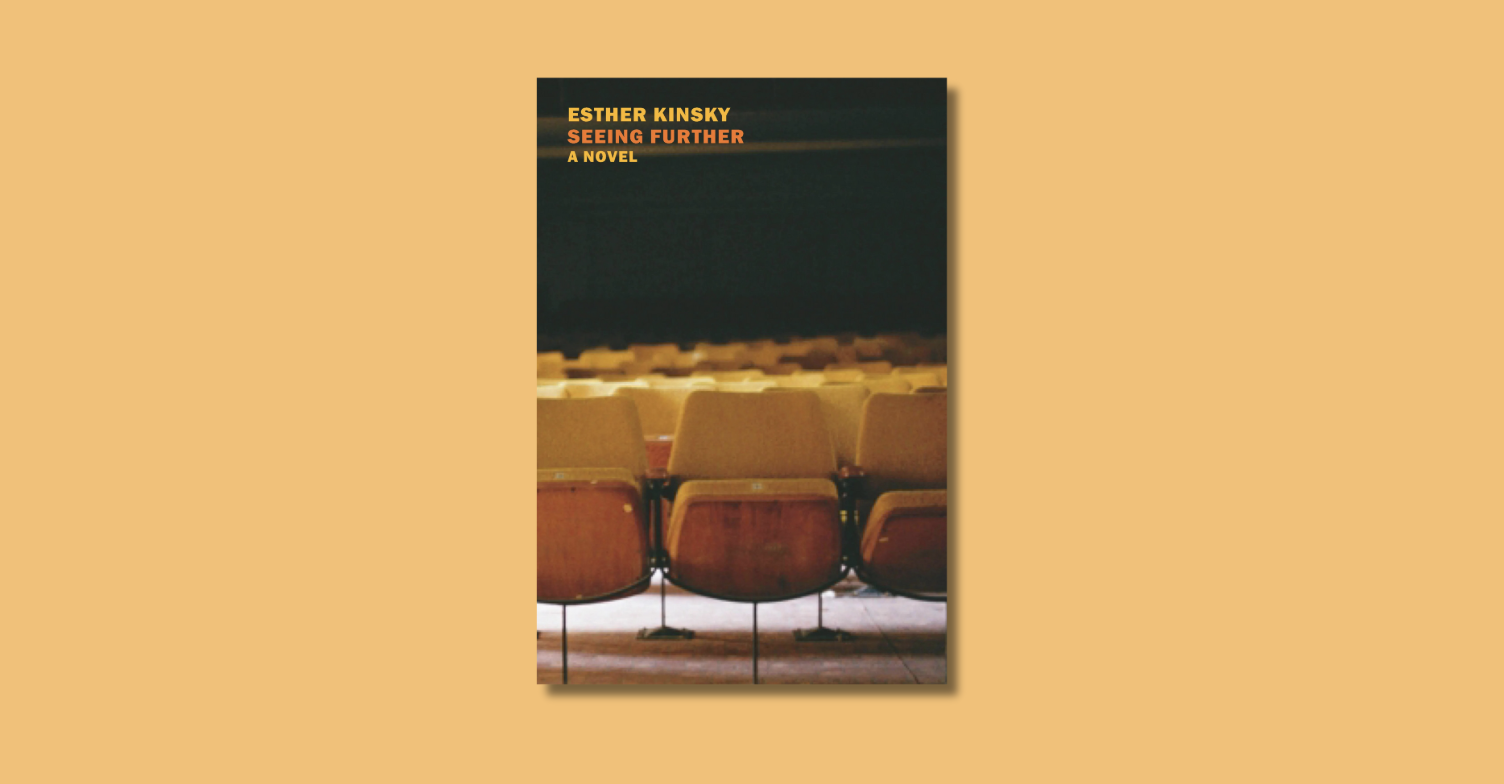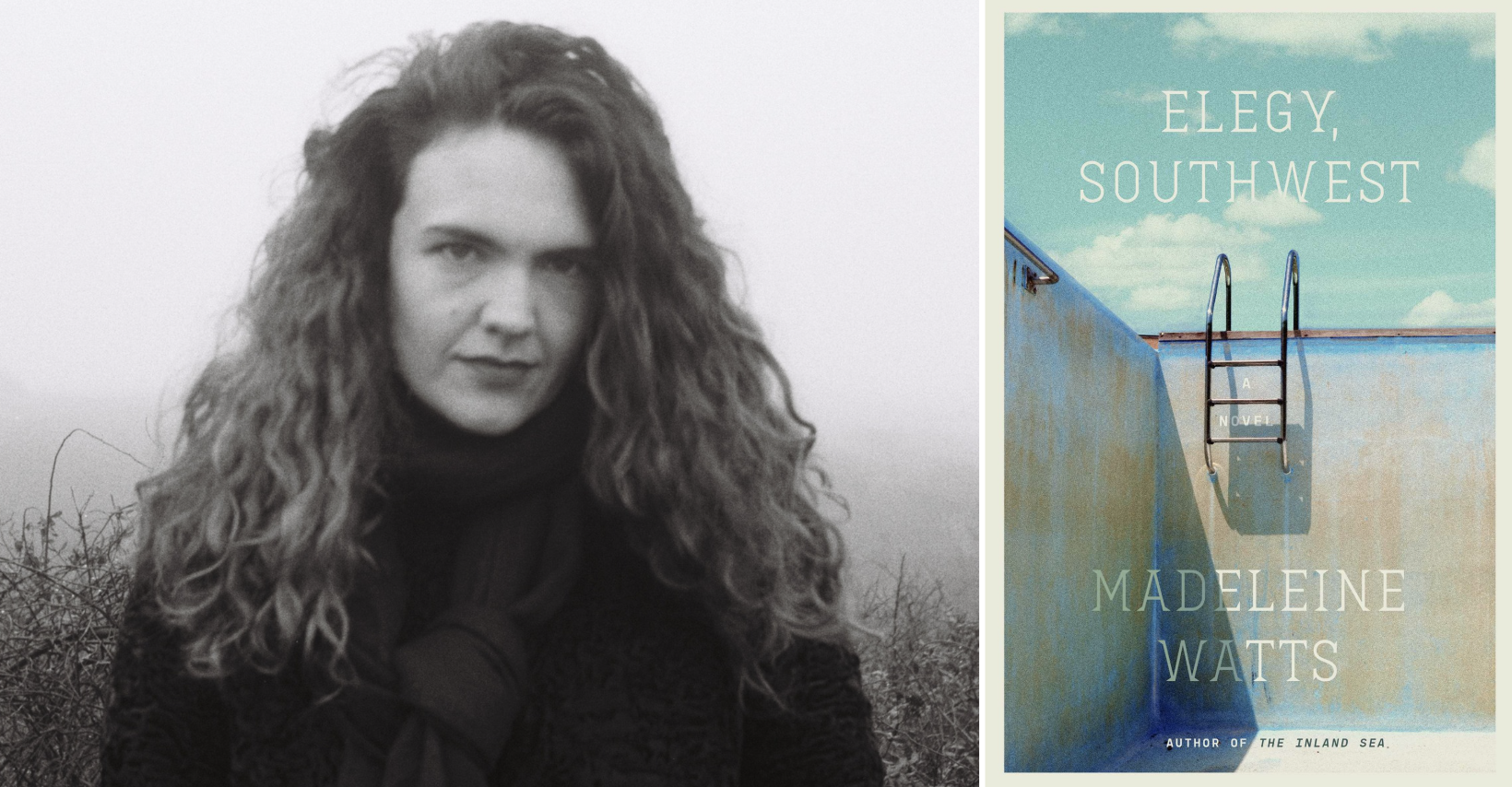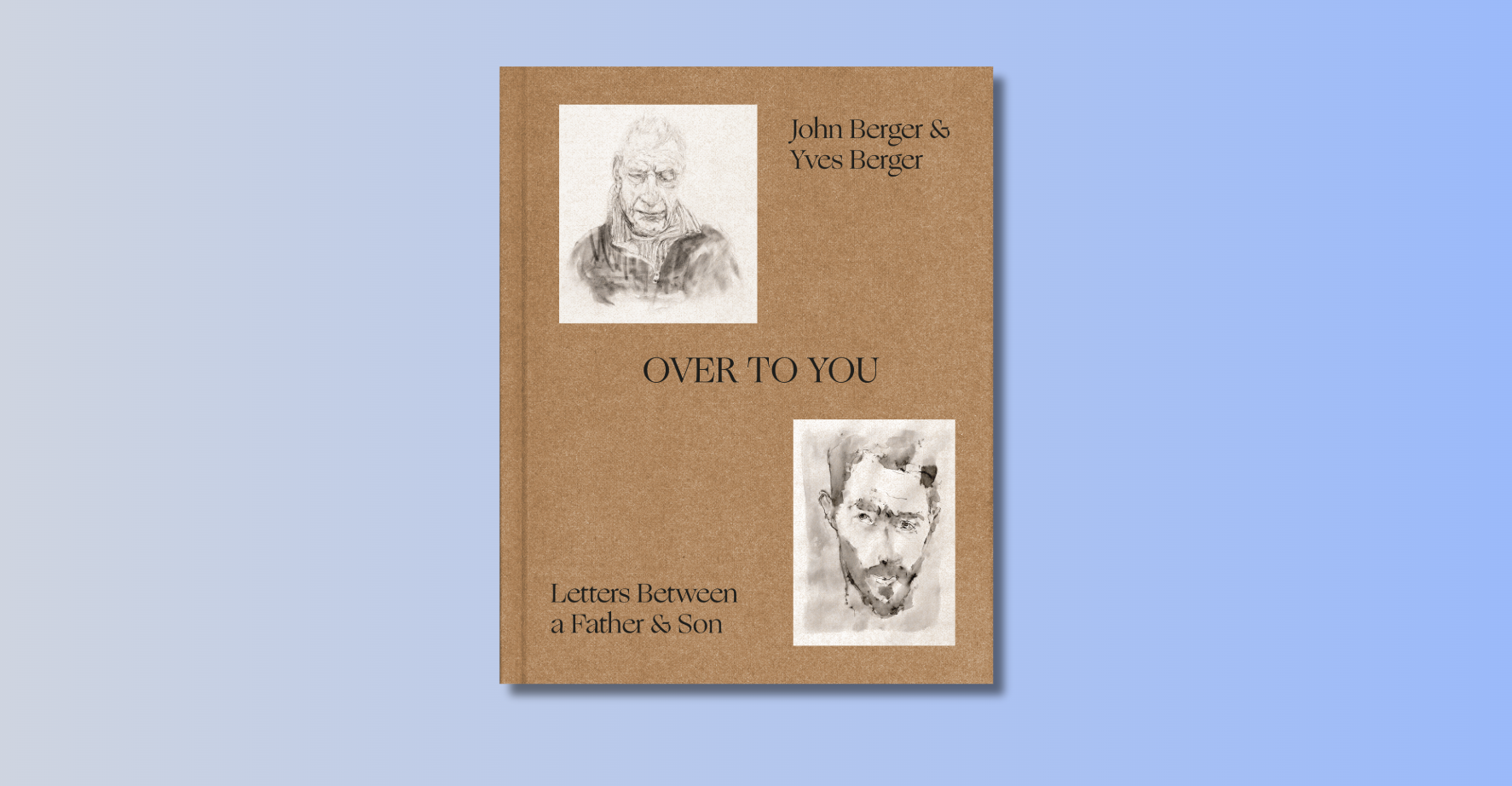Book Expo is a massive event. The floor is crowded with publishers hawking their wares. There’s acres and acres of books. It’s quite an operation really. But whether intentionally or by design, the folks behind the Expo are making it pretty tough to cover this event, especially if you’re a blogger. As Sarah and Ed have mentioned, there is almost no Internet access. Supposedly you can pay $5 an hour for wireless access, or the incredible price of $50 for the day. Everyone is subject to this charge, even those who have press passes. There is a press room (which is where I am right now), but there’s no wireless access there either. Instead there’s three computers with signs posted above them that say “Please limit your time to 15 minutes when others are waiting.” It makes it hard to blog, is all.








